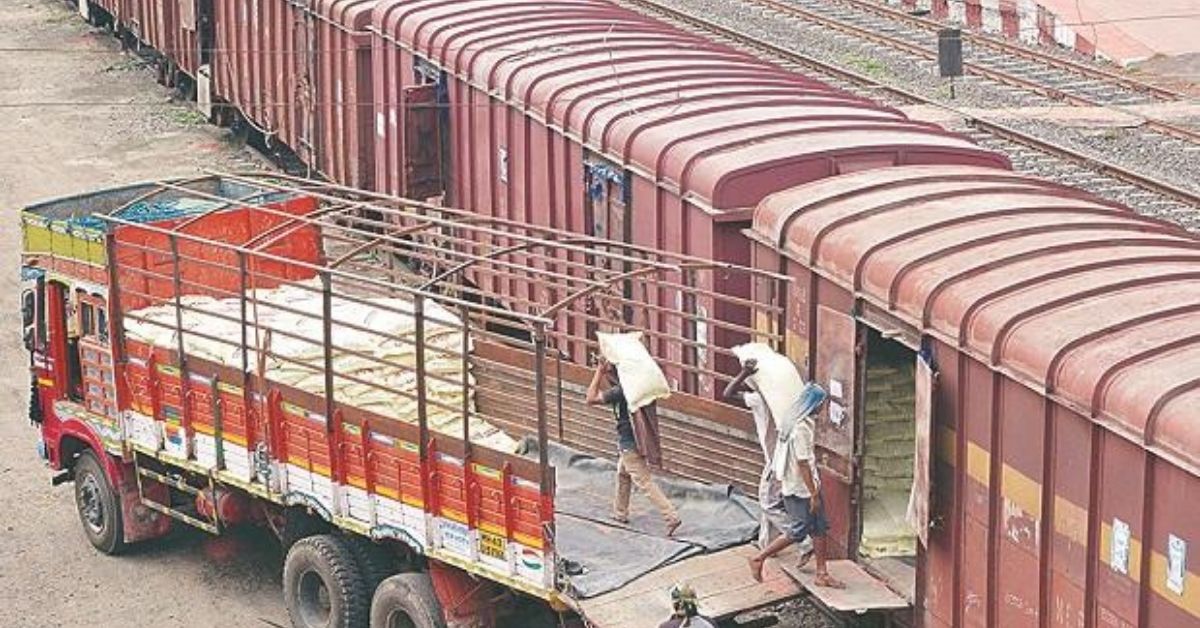The Indian Railways has done away with additional charges it levies on larger goods consignments moving through the dedicated freight corridors (DFCs). This is being done to aid infrastructure projects and encourage more transport through the DFC.
A railway ministry order said all over dimensional consignments (ODC) moving through the Dedicated Freight Corridor Corporation of India (DFCCIL) network will not attract additional charges. But this relaxation will be subject to the consignments falling within the maximum moving dimensions (MMD) of the freight corridor. Any consignment whose length, width and height are such that one or more of these infringe the standard moving dimensions at any point from start to the destination, then the consignment is called an ODC.
“Since the DFC has the capacity to ferry larger consignments, the ODC norms for the rest of the railways cannot be applied verbatim here. Cargo or rolling stock that is oversized for the railways may not necessarily be oversized for the dedicated freight corridor,” railway expert Alok Kumar told Business Standard. “These larger consignments are usually required for major infrastructure projects such as those in the defence sector or boilers for the power sector. Additional charges are accrued because of more manpower and precaution that is taken for transporting these goods. It may also require slowing down trains to allow safer transport,” Kumar added.
This is a significant shift because the restrictive goods consignment dimensions are cited as one of the reasons for the falling utility of rail freight.
“One of the reasons for low productivity in terms of throughput despite broader gauge as compared to other countries is due to adoption of restrictive moving dimensions on the railways. For example, the MMD of the railways is 26.5 per cent less than that of the MMD adopted by the Association of American Railroads. The full benefit of increase in axle load cannot be realised within the railway’s broad gauge, primarily based on maximum moving dimensions of 1929 which is highly restrictive,” the corporate plan of the DFCCIL (2017-2022) said.
According to a railway ministry official, these steps are part of a concerted push to attract potential customers across sectors. The focus has been to get more partners for freight operations while emphasising on the business development of the railways.
Source : Business-Standard







